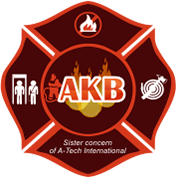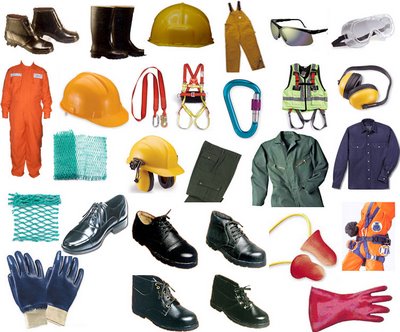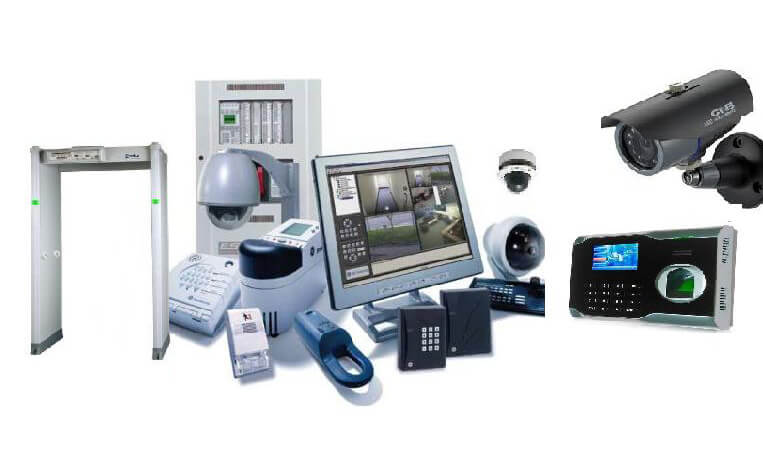Fire well-being plan standards

Security Equipment
January 9, 2018
Fire Fighting Foam
March 24, 2018“Fire is a quick oxidation process joined by the advancement of warmth, light, fire and the discharge of sound”.
The Fire Triangle: Three components – fuel, oxygen and warmth – are required to begin a fire. The oxidation procedure won’t be conceivable with no one of these components.
Reasons for Flame:
Category A: Common burnable materials, for example, wood, fabric, paper, elastic and plastics, and so forth.
Instructions to Stifle: Utilize water.
Category B: Combustible or burnable fluids, combustible gases.
Instructions to Stifle: Prohibit air from consuming equipment.
Category C: Empowered electrical hardware.
Instructions to Stifle: No Water; Utilize electrically non-conductive dousing operators, for example, vaporous frameworks
Category D: Burnable metals, for example, magnesium, sodium, potassium and other approachable metals.
Instructions to Stifle: Warmth retaining standard which isn’t receptive with consuming metals.
Points in Flame Security Plan:
1) To counteract fire.
2) To defend the lives of inhabitants and firefighters.
3) To decrease harm on the building, its substance, and on encompassing structures.
Essential Standards:
- Fire Shirking
- Fire Discovery
- Fire Development Limitation
- Fire Regulation
- Smoke manage
- Escape Arrangements
- Fire power
Programmed Fire Recognition and Caution Framework:
Fire Caution framework involving parts for naturally recognizing a fire, starting an alert of flame and starting different activities as fitting.
Programmed Sprinkler Framework:
An arrangement of water channels fitted with sprinkler heads at reasonable interims and statures and intended to impel naturally, control and quench a fire by release of water.
Burnable Material:
The material which moreover consumes itself or adds warmth to a fire.
Fire sand basin:
- A fire sand basin or fire pail is a steel container filled withstands which is utilized to put out flames.
- They are put in unmistakable positions in rooms or hallways. They are a low-innovation strategy for battling little flames.
- The principle points of interest of flame pails are that they are modest, solid and simple to utilize.









